Cinematic Oracles: 35+ Classic Movies And Shows That Foreshadowed The Future
Since its creation, cinema has remained fascinated by the future. From decades ago to the present time, numerous perplexing predictions that appear far-fetched have been featured in films and TV series. Now, it seems to us that some plot ideas that gave rise to absurd inventions, strange technological advances, and impossible scientific discoveries might not be as absurd as we once believed.
Through the years, the media has frequently speculated concerning the prospects of humanity, but in certain instances, it has actually shaped the future. A number of old movies dealt with issues that were labeled “Science Fiction” at the time because they seemed impossible.
From Robocop to Star Trek, numerous films have featured plot lines and devices that eventually came to exist in our world. Curious to know more? Well, read ahead to find out what movie predicted what.
The technological advancements predicted in 2001: A Space Odyssey (1968)
NASA put a man on the moon in 1969. That was exactly a year after the release of 2001: A Space Odyssey. There were striking resemblances between the moon’s visuals throughout the movie and those transmitted to the Earth through the Apollo 11 mission.
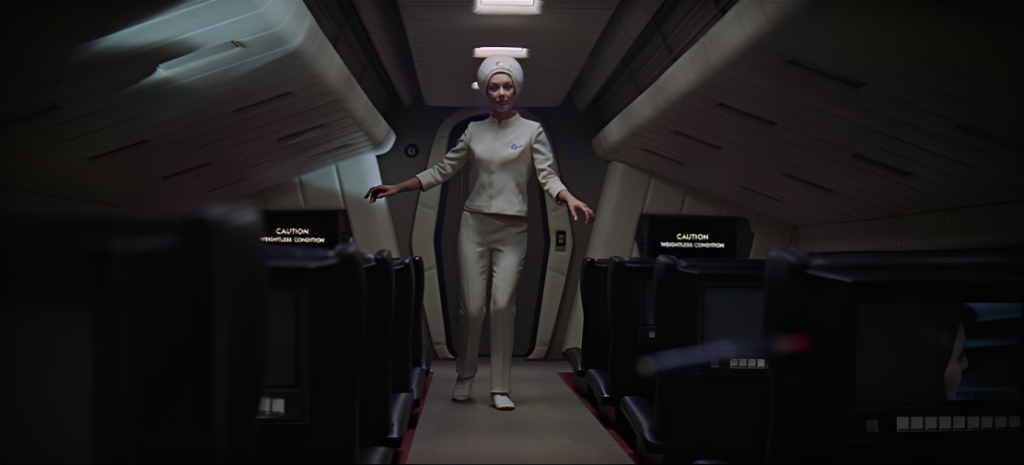
Interestingly, these similarities brought about a conspiracy theory that the Apollo 11 mission was a hoax and that it was directed by Kubrick himself inside a studio! The movie also foresaw the development of portable, flat-screen tablets, a joint Russian-American International Space Station, and space tourism.
Schwarzenegger’s political aspirations in Demolition Man (1993)
Demolition Man, released in 1993, acts as a devastating critique of 1990s American cultural movements that have lasted over the course of time. In fact, almost all the jokes from the movie’s futuristic setting still feel relevant now when viewed in hindsight.
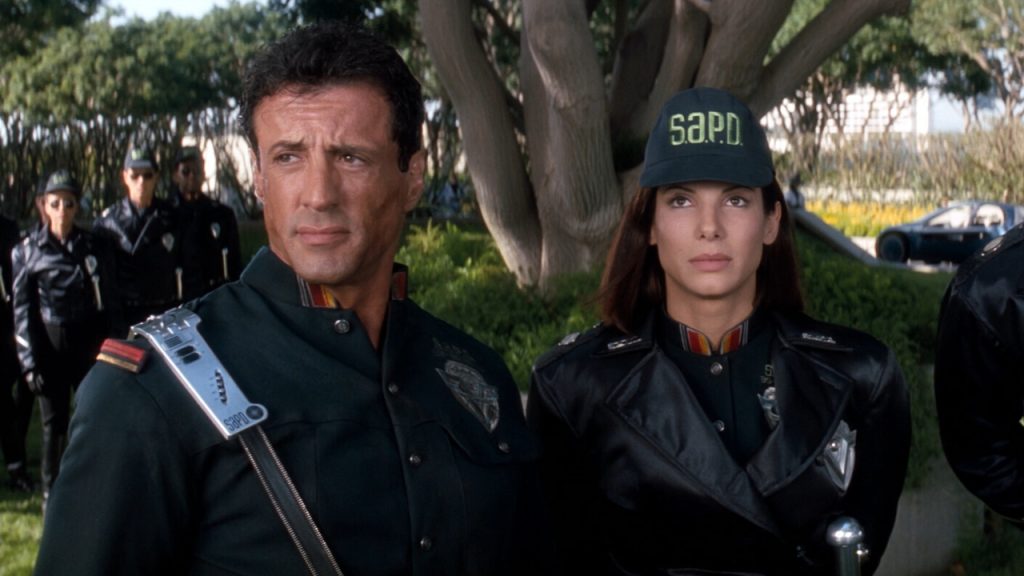
However, they were dead accurate with one prediction—Arnold Schwarzenegger’s eventual political career. They obviously had no means of foreseeing it, but they succeeded in making that prediction nonetheless. It was also one of many gags that were a part of the fierce competition between Arnie and Sly in the ’80s and ’90s.
Smart wearable devices in Dick Tracy (1990)
One thing that has been constant with the advancement of technology is adding a visual interface to items of everyday use. Starting from telephones and analog watches, we have come a long way in incorporating this. However, the concept of smartwatches isn’t brand new.
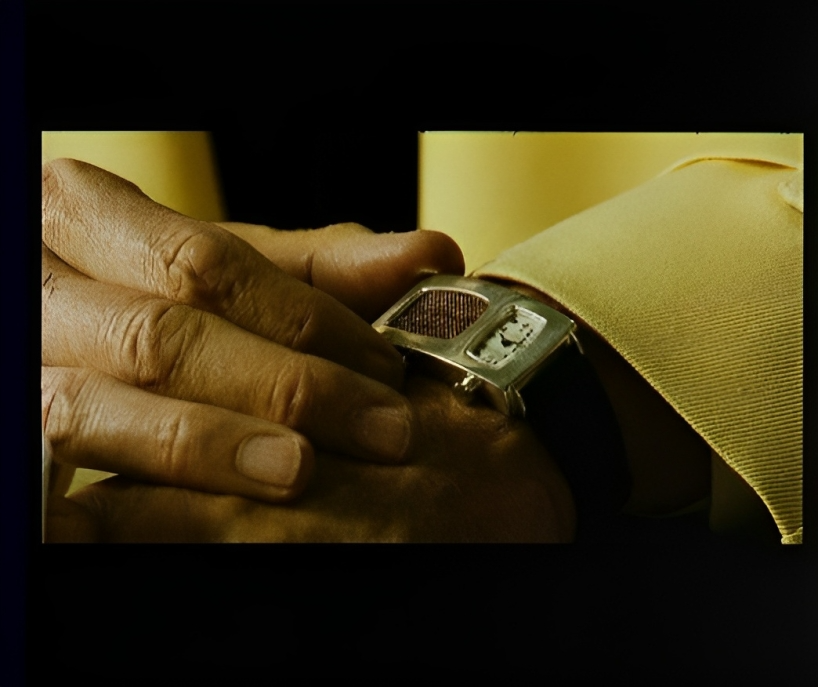
Phone watches were depicted in Sci-Fi movies such as Star Trek: The Voyage Home. However, Dick Tracy’s 1990 rendition of the wearable device distinguished itself because it appeared, for the very first time, that this particular piece of innovation was within our reach.
Online food delivery in The Net (1995)
1995 was the year for tech-related movies, as it saw the premiere of The Net and Hackers. Both these movies had a similarly ridiculous premise. But when you look at it, they did manage to predict one thing right. And that would be online pizza deliveries.

What may have looked outlandish to moviegoers in the middle of the 1990s is now an incredible reality, and assuming The Net played even a tiny part in helping to make it so, we believe it deserves to be recognized.
VR headsets in Hackers (1995)
It warrants that we cover the Hackers movie for its impact on our lives today. They accurately depict one future tech phenomenon in this movie: the concept of the VR headset. In one scene, a character is seen sporting a pair of VR goggles.

That prop remarkably resembles the Oculus, as well as the Vive sets of the present. Also, we were so stoked to learn that the creators of the Oculus admitted that they centered their flagship product on the vision of the future offered by this 1995 film.
Cyber Warfare in WarGames (1983)
Because many individuals in 1983 didn’t even know what the World Wide Web or desktop computers were, WarGames’ depiction of hacking, electronic warfare, and cyberspace seemed like stuff straight from an outrageous science fiction novel to most people. The real-world threats were yet to be known.

But when former US President Ronald Reagan watched the film and asked Gen. John W. Vessey if something like this was plausible, Vessey answered, “The problem is much worse than you think.” President Reagan signed a national security directive soon after.
Surveillance and Reality TV in the Truman Show (1998)
Reality show programming is seemingly taking over the airwaves today, with its carefully written dramatic scripts and hijinks. But in 1998, programs such as Big Brother and Survivor were just beginning to make the reality TV model mainstream. Nowadays, it has become a mainstay in pop culture.

Therefore, if the concept of The Truman Show appears far-fetched to viewers today, imagine what it must have seemed like to viewers when the movie originally came out. The film successfully analyzes the concepts of privacy, simulated reality, surveillance, and existentialism.
Aerial drones in The Terminator (1984)
James Cameron’s Sci-Fi masterpiece The Terminator broke numerous milestones. Moreover, it catered to the rise of Hollywood’s greatest directors and visionaries. Even today, people still enjoy discussing Skynet from Terminator II and its concepts of artificial intelligence as well as machine sentience.

That said, the first Terminator showcased a technological advancement feature that is equally significant in today’s world: an unmanned, weaponized airborne drone. The drone only appears briefly in the movie, but how much it resembles modern technology is a little unsettling.
Rocket propulsion in Woman in the Moon (1929)
Fritz Lang, as a director and a visionary, was leagues ahead of his competition in the 1920s. Woman in the Moon, which Lang debuted in 1929, came out only two years after his masterpiece, Metropolis. The movie showcased astronauts stepping on the surface of the moon!
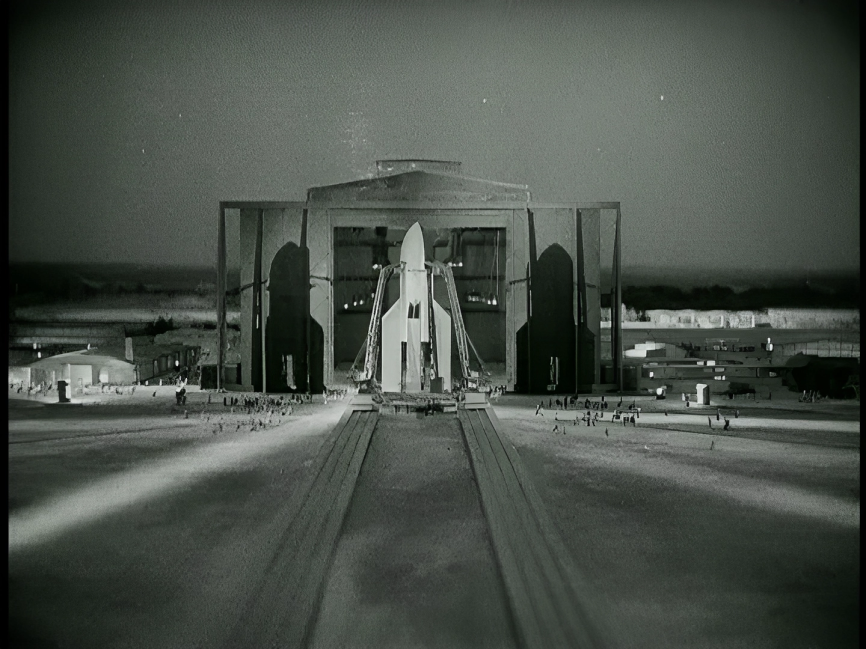
This was exactly four decades before such a feat would be technologically possible. Also, the movie quite correctly demonstrated a concept that was unknown at the time, which was the three-stage rocket that took the astronauts to the moon. Would we be wrong if we called these guys geniuses?
Roombas, predicted in the Jetsons (1962)
We think most of you are familiar with The Jetsons. Its debut came at a moment in history when the international space race had reached its zenith. Also, based on major technological advancements, new, futuristic electronic products were quickly entering American households at the time.
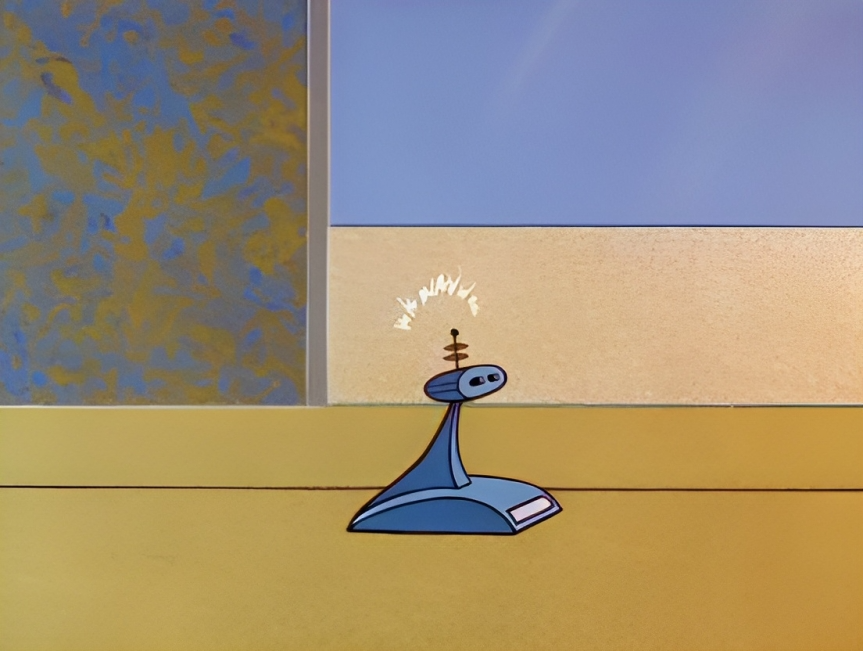
As a result, the cartoon’s portrayal of a robotic, automated, space-faring future immediately captivated the interest of its time. One of the predictions of the series was that of a robotic vacuum cleaner. These days, we prefer to address them as “Roombas.”
Self-driving cars in Total Recall (1990)
To be fair, Total Recall, as a Sci-Fi movie, does not show that much promise. It tells the story of a marginalized mutant laborer on a Martian mining settlement that Arnold Schwarzenegger’s character frees. None of these things apply to our current situation in the world.
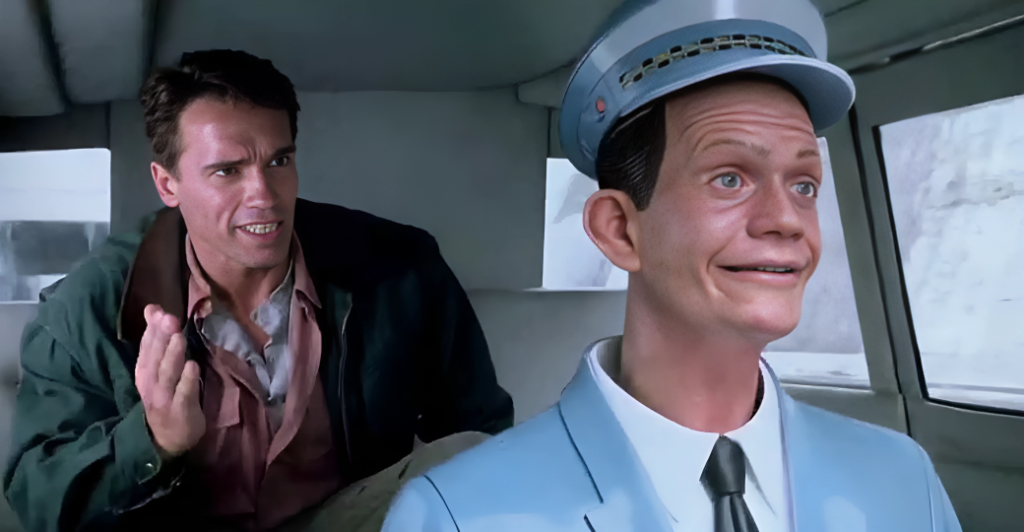
It did, however, predict self-driving automobiles correctly. Arnie takes a robot-driven cab, but to emphasize the significance, the machine that drives it is dressed in vintage cabbie attire. The movie added an anthropomorphic approach to a futuristic method of moving around.
Flat-screen TVs in Back to the Future II (1989)
When Marty Jr. arrives at his parent’s residence in this film, he approaches the living room and sets a big flat-screen TV upright. If you showed this film to children now, they wouldn’t even bat an eye. Why would they? These big TVs are the norm.
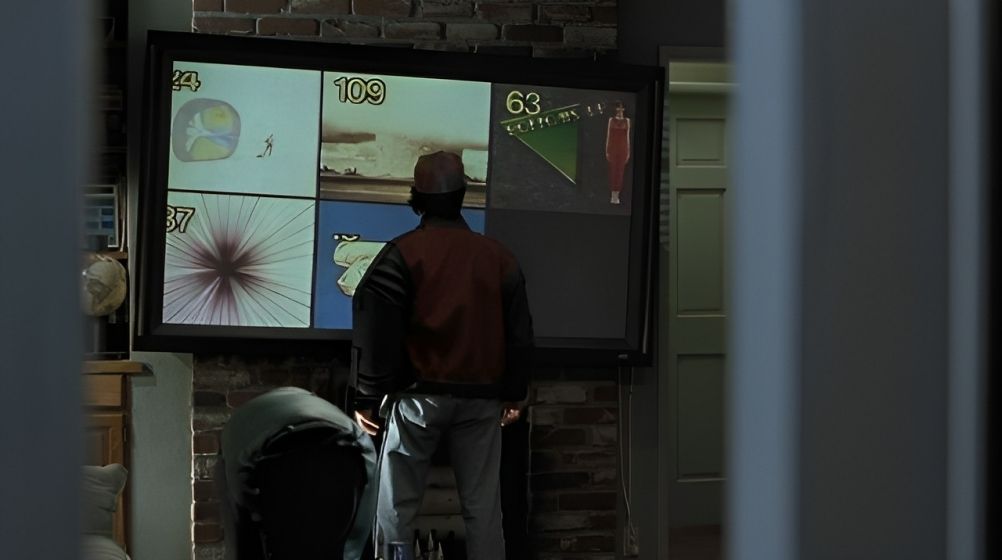
But when we talk about its setting, which is the 1980s, flat screens were not even halfway close to becoming a reality. This is what makes the film’s representation of the device futuristic. It looks so accurate that it could be considered prophetic!
Video conferencing in Back to the Future II (1989)
We’re not done with Back to the Future yet! In one scene, Marty Sr. can be seen making an unwise professional call to a character called Needles (who is portrayed by Flea of the Red Hot Chili Peppers under heavy makeup).
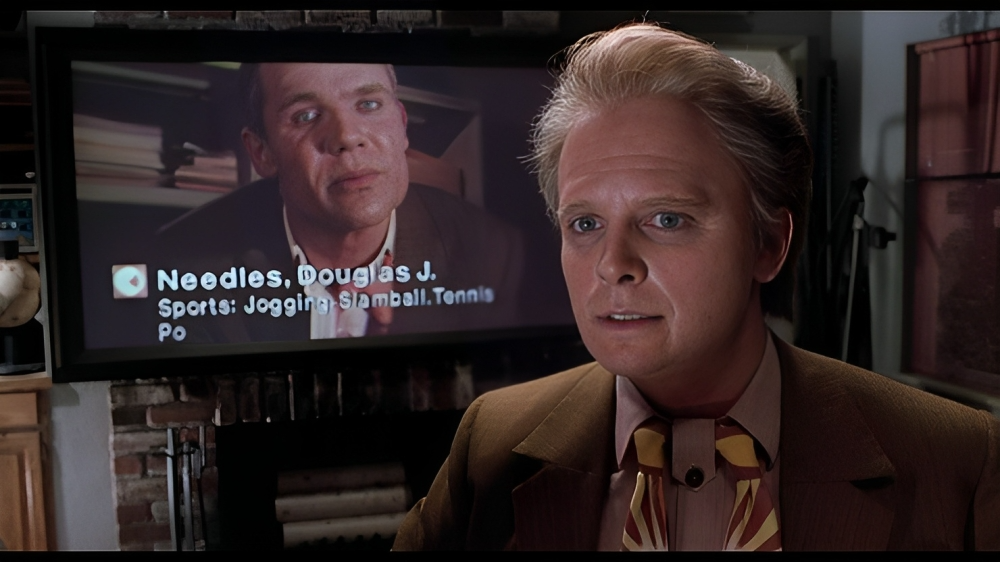
He’s seen using the flat screen and engaging in what appears to be a Skype chat. Little nuggets of data scroll on the bottom, such as temperaments, likes and dislikes, and various other details that might have been gathered from social media if it existed then.
The tricorder in Star Trek
The tricorder is a compact, portable gadget containing detectors. It enables its owner to identify chemical makeup, organic life forms, and any other scientific information required by Starfleet officers. They just have to aim it at the object of their interest to get the required data.
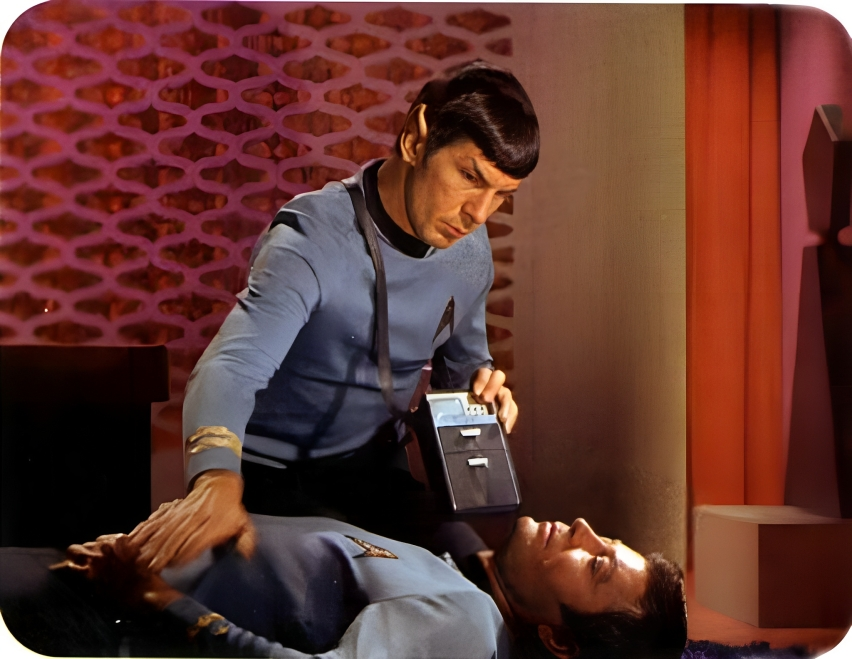
The Tricorder Project, which has already been in progress for a while, aims to build a link connecting patients from underdeveloped countries and medical experts in the developed world by analyzing medical information and then sending it to other doctors, thus enabling remote therapy.
Voice interfaces in Star Trek: The Original Series
Who would have thought a reality with such sleek computers was plausible when Star Trek showed the Enterprise crew chatting with their supercomputer in clear, straightforward English? Back in the 1960s, computers were big, clunky devices that sometimes required a large space to operate.
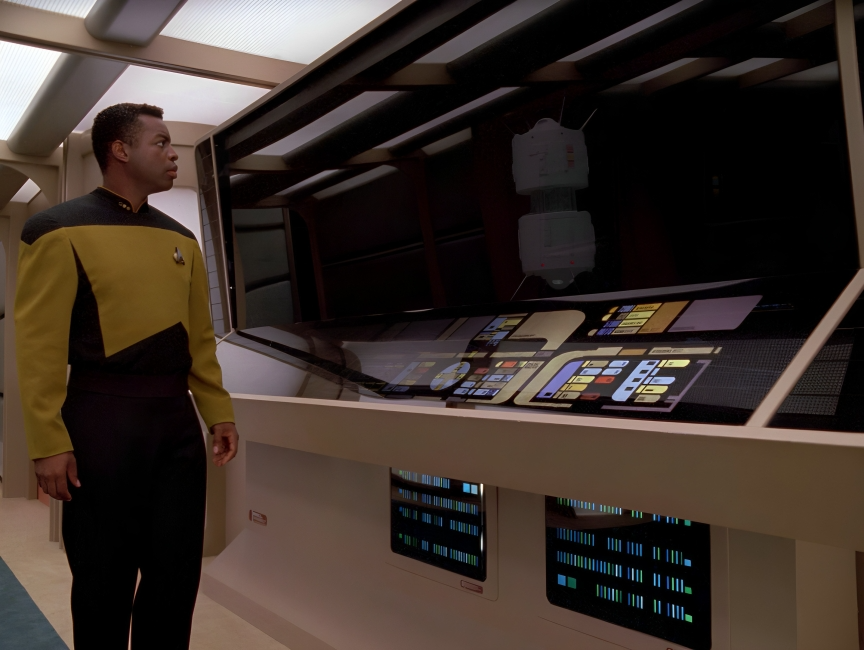
Bulging punch cards and laboriously slow prints on lengthy reams of paper were necessary to communicate with computers. Fast forward just 5 decades, and we can easily communicate with Alexa, Cortana, and Siri just as easily as the Starfleet crew did with their ship’s computer.
Flip phones being inspired by Star Trek: The Original Series
There was a time in the early 2000s when nearly everyone had a flip phone. Its compact design and pleasant appearance made it an instant favorite among consumers. Before smartphones made their mark on the world, flip phones were all the rage.
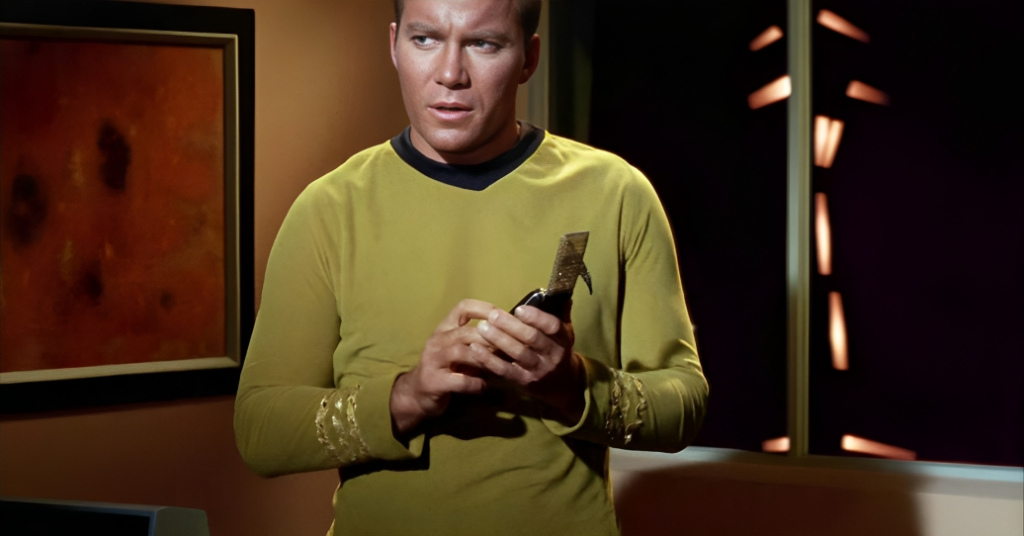
If you remember correctly, the Enterprise communicator, which is perhaps the most iconic technological item in Star Trek, resembles a flip phone. Therefore, it is no wonder that the creator of the original flip phone was directly influenced by the Sci-Fi series.
Wireless communication devices inspired by Star Trek: The Original Series
Star Trek debuted in 1966. Ever since its release, the original series and its numerous variations have been credited with foreseeing several modern technologies. It is also remembered for actively inspiring and motivating researchers and developers to create the concepts they witnessed on screen.
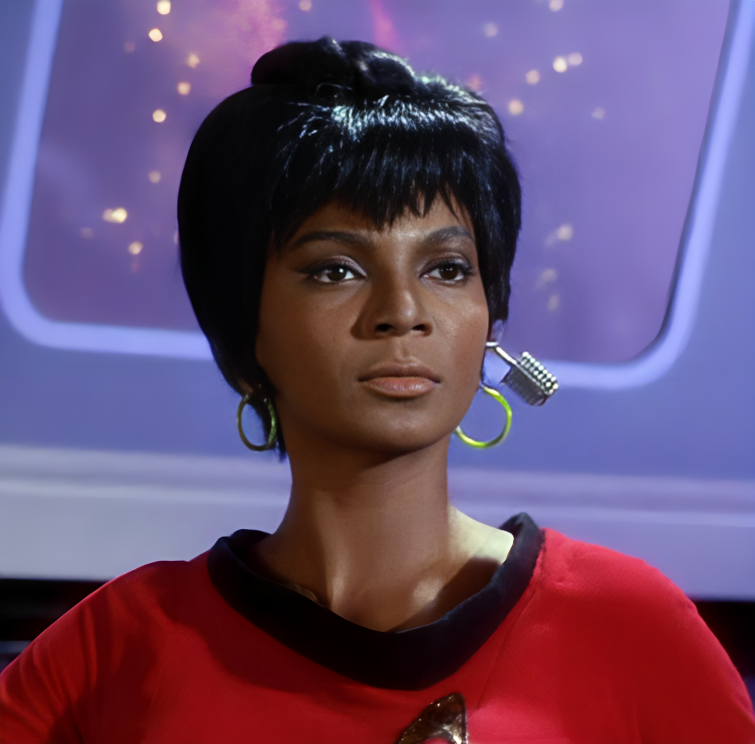
One of the best examples of this would be Lieutenant Uhura using what seemed like a wireless earpiece as she tended to her post. Maybe this was the inspiration behind the Bluetooth headset, which is a gadget that has become a part of our lives.
A near-accurate prediction of the moon landing in Star Trek: The Original Series
When you are exploring deep space, coming across a time-travel plot device is inevitable. In a time-travel episode of Star Trek, the Enterprise crew found themselves on 1960s Earth due to the effects of a high-gravity black star. Keep in mind that this episode aired in 1967.

That was two years before Neil Armstrong set foot on the moon. In this episode, during a brief radio soundbite, the times and dates of the moon landing are announced. They happened to be accurate within just a few hours of the genuine, momentous landing two years later!
Pads from Star Trek: The Next Generation
We have covered the technological advancements predicted by Star Trek: The Original Series in earlier posts. Now it is time to set our sights on Star Trek: The Next Generation. Not only did this series foretell the adoption of flatscreens by society, but it also predicted their names.
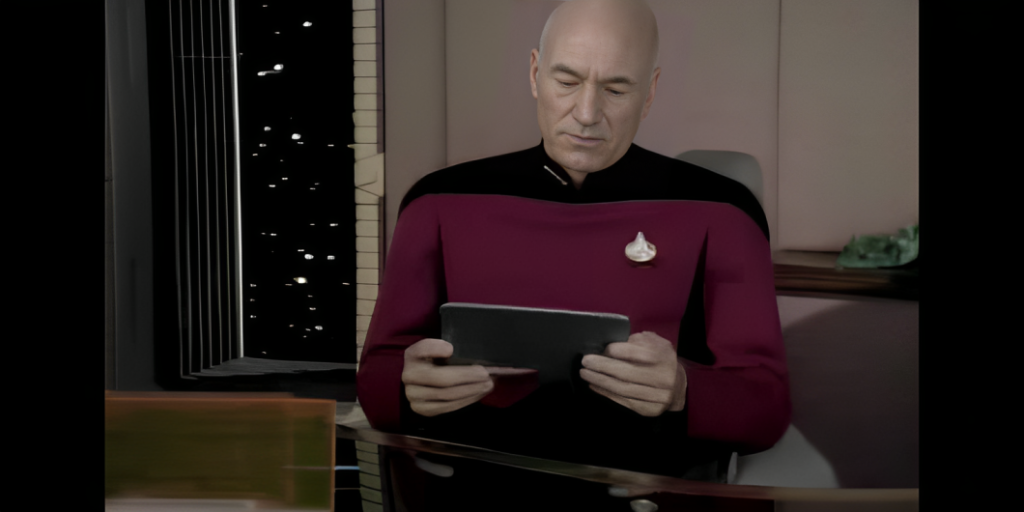
The Enterprise crew refers to the little, rectangular-shaped touchscreen gadgets they take everywhere on their explorations as “pads.” As you know, this is just one letter shy of the name that Steve Jobs gave them when he came up with the idea.
Touchscreen interfaces from Star Trek: The Next Generation
With the knowledge that everything is one touch away, touchscreen UIs have become a common part of our day-to-day lives. When Star Trek TNG debuted in 1987, it portrayed horizontal touchscreens as the Enterprise crew’s primary means of communication with the ship.
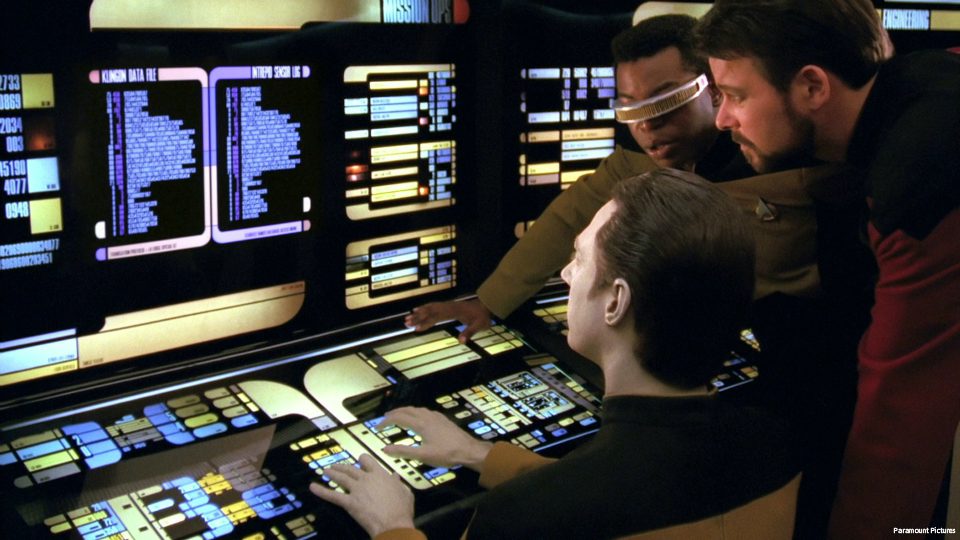
These gadgets struck viewers as being crazily futuristic. If you remember 1988’s Die Hard, you might also recall the touchscreen interface encountered by John McClane. The funny thing is that most of us are probably reading this via a device that uses a touchscreen, so thank you, Star Trek!
Life-like Androids in Metropolis (1927)
Since the release of Metropolis in 1927, the science-fiction genre has come a long way. Fritz Lang’s visionary tale revolves around the portrayal of an android, which is a human-like robot designed to closely resemble a human being in almost every manner.
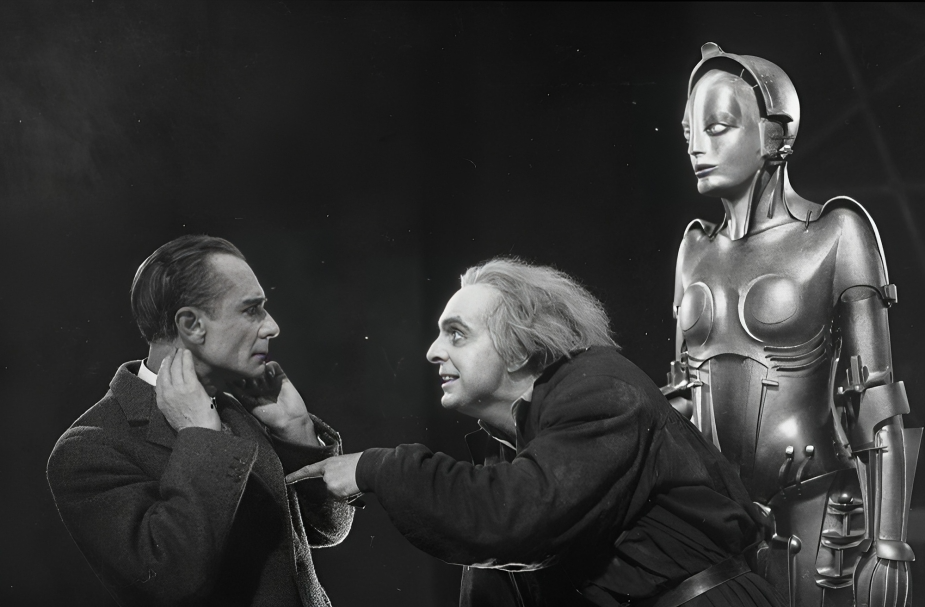
While the capacity to build a device comparable to an android wasn’t even close to being available when the movie originally came out, scientists today are building increasingly realistic robots, meaning that we appear to be on track to witness a real-life android sooner than we think!
3D Printing in Weird Science
In Weird Science, two teens create a superhuman woman named Lisa using their computer. Even though the movie is significantly illogical and fails to live up to any kind of rigorous scientific methodology, there is one scene from it that stands out.
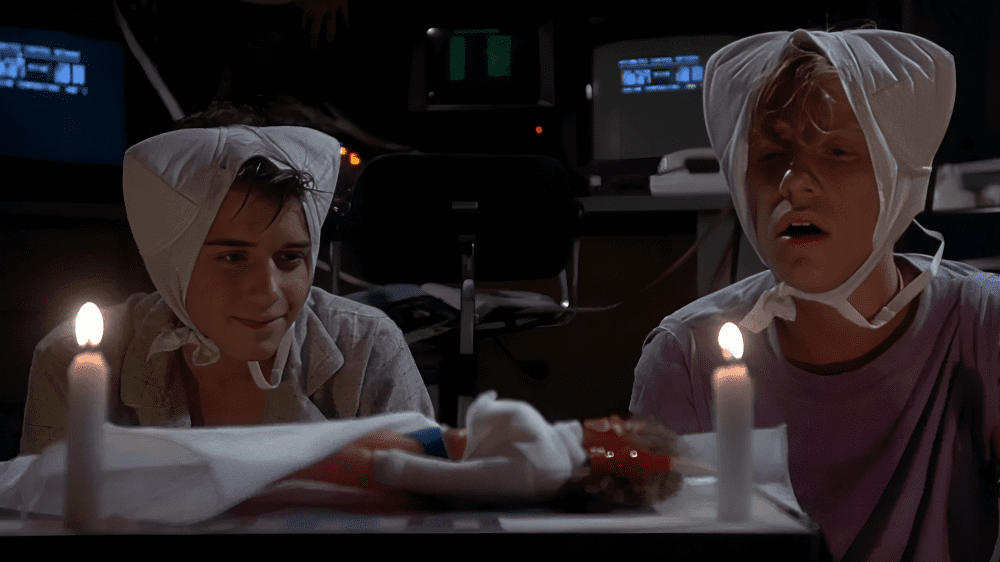
That would be the concept of a 3D printer. The way Lisa is created is somewhat similar to how a 3D printer is used in the present day. Who knows? Maybe technology will advance to the point where we can print human organs!
Genetic testing kits for home use in Gattaca (1997)
The 1997 movie Gattaca imagines a time when human embryos undergo scanning for favorable traits. If there aren’t any, they are altered to meet consumer demand. In this version of the future, people’s lives are determined by the makeup of their genes.

Fortunately, the assertion made by the movie remains speculative. But, ever since its debut, the entire human genome has been successfully sequenced, and home genetic testing equipment has become widely available. All we have to do is hope that this pans out for the good of humanity.
Haptic technology predicted in Minority Report (2002)
Remember the movie Minority Report, which debuted in 2002? It portrayed an imminent future that late 2010s audiences may uncomfortably recognize. In the movie, Tom Cruise was shown employing hand movements that wouldn’t become widely used until more than ten years later.
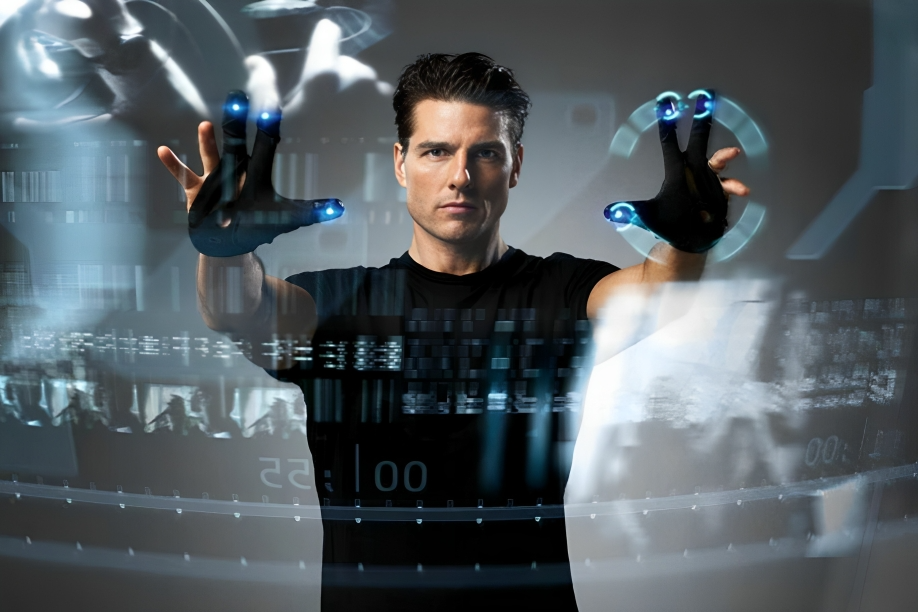
Tom’s character zooms in, swipes, and tilts virtual pictures to the left and right. Interestingly, the scientists who created gesture detection technology that would one day be integrated into smartphones and computers all around the world collaborated closely with the movie’s production team.
The spread of facial recognition in Minority Report (2002)
Minority Report’s society heavily employs facial identification. What was once science fiction is now a feature of the majority of modern smartphones. In the movie, Tom Cruise’s character tries to avoid being caught on surveillance by altering his facial features as well as his eyes.

But despite this, the technology itself isn’t what makes it the most intriguing aspect the movie foresaw. The most interesting aspect is how it is employed in their reality since it is startlingly close to how it’s employed in our reality.
Personalized ads in Minority Report (2002)
In the previous post, we talked about the proliferation of facial recognition in Minority Report’s reality. Tom Cruise’s character is actually tracked down using facial recognition in the movie. However, the main application of facial recognition in this society is targeted advertising.
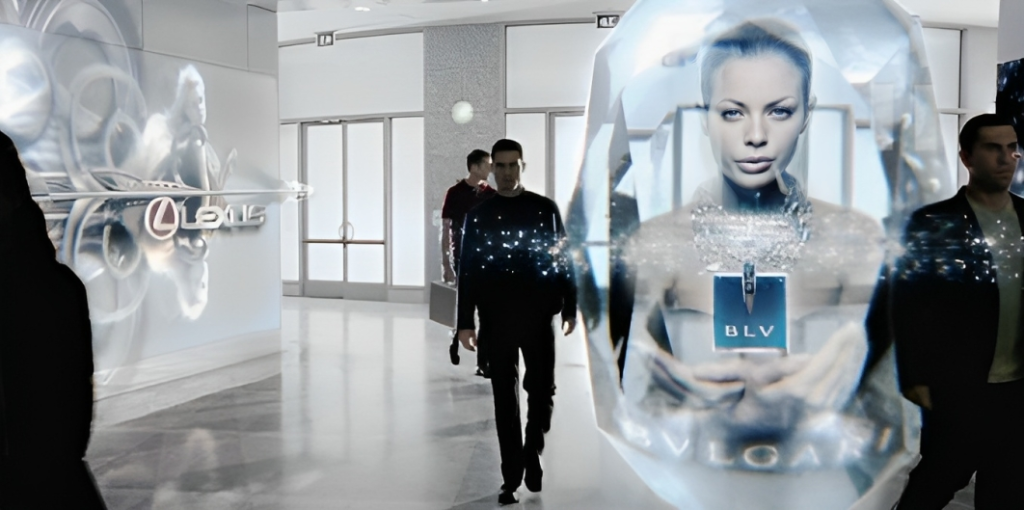
Every time Cruise’s facial features are identified, customized ads with offers for certain goods based on his user profile are displayed. Sound familiar? Yes, this is the way Twitter, Google, and Meta all operate. User data has become the new gold in this technological age.
The prevalence of biometrics in Demolition Man (1993)
The political career of the Austrian Oak was not the only thing Demolition Man was able to predict. The movie also correctly foresaw the development of biometric recognition as another technological advancement in today’s reality or, rather, the future society depicted in the movie.
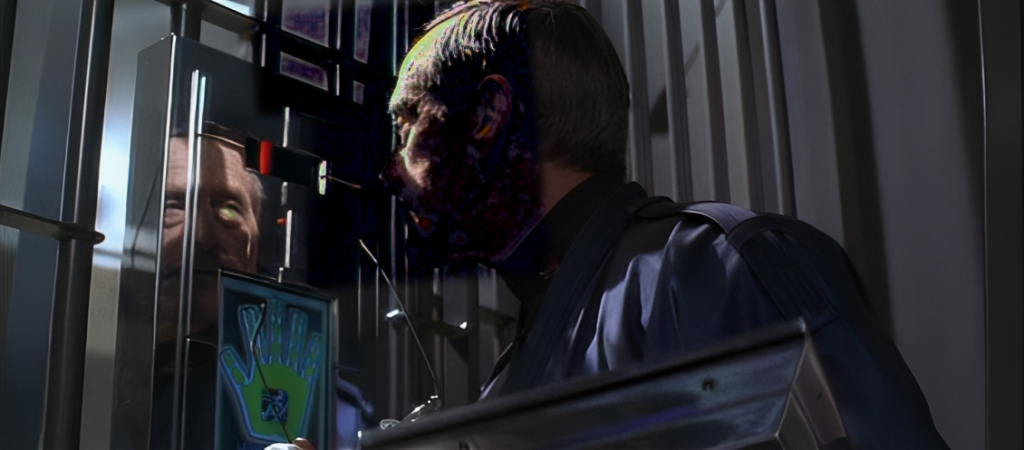
Although they were improbable when the movie was released, palmprint, retinal, and facial imaging scans play a significant role in our daily lives now. With the emergence of current advancements in biometric profiling and the rate it’s going, we wonder what the future will bring.
Wearable devices and asocial behavior in Back to the Future II (1989)
Remember that scene from Back to the Future II where Marty’s kids are seated at the dining table, but instead of conversing with one another, they are engrossed in what seem to be technological devices? That was a pretty apt description of the future, don’t you think?
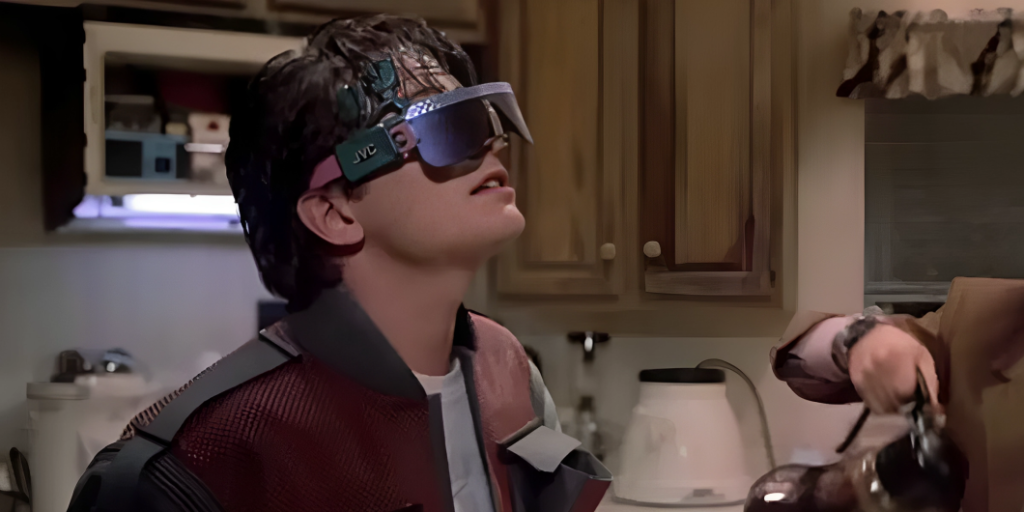
Even though they resemble Google Glasses or the Apple Vision a lot more than iPhones, we believe that the correlation between wearable technology and asocial conduct at the meal table is rather strong. And you don’t need to look too far to experience this firsthand.
Facial recognition software in RoboCop (1987)
There are several technological advances featured in the beloved Sci-Fi film RoboCop released in 1987. These include bionic prosthetics and robotic police, which are all still in use nowadays. Do you remember the facial recognition tool that RoboCop employs to recognize the criminal Emil Antonowsky?
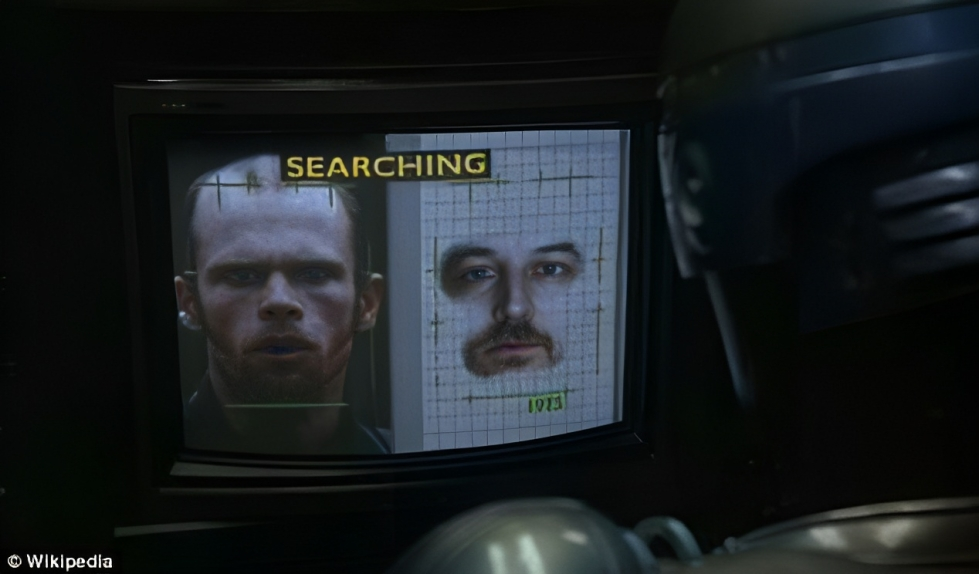
That piece of software is possibly the most recognizable piece of technology in the movie. Even if there aren’t any RoboCops on the streets right now, it appears like science is getting closer than previously thought to making them a reality.
Protein bars made from insects in Snowpiercer (2013)
Snowpiercer centers on a group of individuals residing in a perpetually moving locomotive amid a post-apocalyptic world. It is a gripping critique of sociopolitics. The lower socioeconomic strata are fed boring protein bars, whose origin is revealed later in the movie. They are made from ground-up insects!
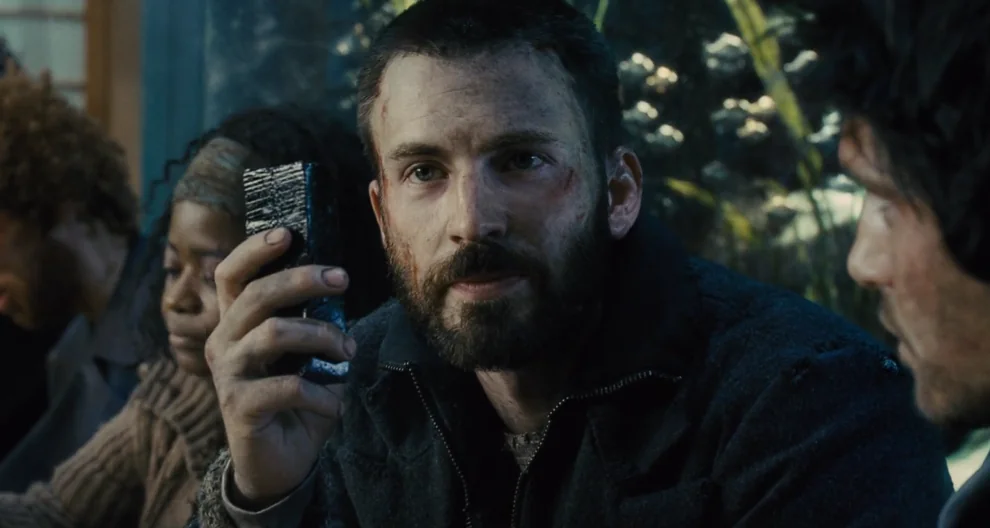
However, the passengers at the very front of the train indulge in luxurious food items. That said, insects serve as an effective, plentiful, and readily available way to obtain protein; therefore, these insect bars may very well be the diet of the future.
Genetic engineering and cloning in Jurassic Park (1993)
The release of Jurassic Park contributed to the public’s increased awareness of genetic engineering and cloning. Although the concept of cloning animals had been available for some time, nobody had tried it at the time that the movie was released in 1993.

However, the film’s forecast about how it would ultimately be accomplished proved to be amazingly precise. Numerous species have been cloned since the movie’s debut, and a few, such as the extinct Spanish ibex, have even been saved from extinction because of it.
A Trip to the Moon (1902)
The prospect of traveling to the moon using a rocket has motivated engineers and scientists to establish the moon as a feasible objective for man. This was the case even though barely any of Georges Méliès’ forecasts in his movie are even remotely true.
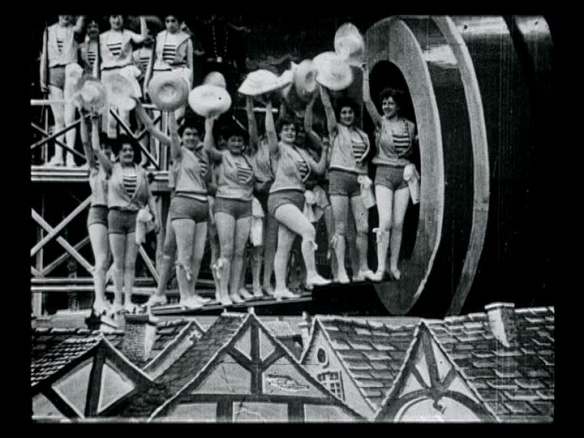
A Trip to the Moon is among Georges Méliès’ best-known works. It is regarded as the first science fiction movie ever shot. The film is also considered a pioneer in the fields of movie editing and the use of special effects.
Predicting Batman vs. Superman in I Am Legend (2007)
In this film, Will Smith’s character is the only human survivor left on Earth after a horrible apocalypse. I am Legend shows terrifying scenes of an abandoned New York City, with its billboards, businesses, and homes frozen in time, pinpointing when the apocalypse happened.
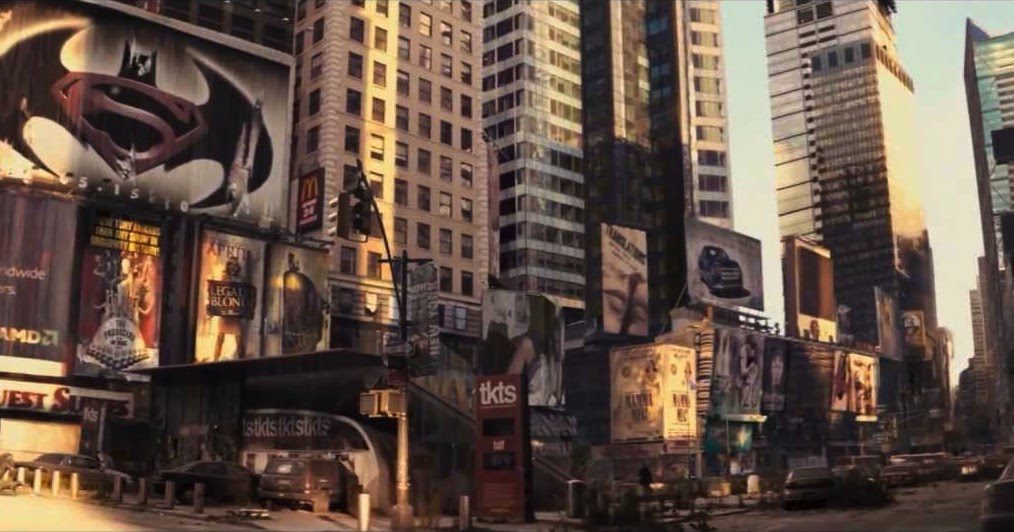
However, as you can see, one of these billboards features a Batman vs. Superman ad, complete with an emblem that is very close to that of the actual Batman vs. Superman movie. The actual movie would be released nine years later, in 2016.
Major geopolitical changes and technological advancements predicted in Americathon (1979)
The failing United States government holds a telethon to seek money to support its struggling economy in the satirical 1979 film Americathon. What the movie makers of the movie believed to be stinging satire eventually turned out to be reality.

The movie featured such predictions as those of hybrid electrical automobiles, a dissolved, post-communist Soviet Union, a capitalist Chinese superpower, Vietnam as an increasingly popular tourist destination, the introduction of laws to curb smoking, and the Beach Boys still performing. We’d say they were right on the money in so many things.
The concept of a surveillance state in Enemy of the State (1998)
The horrors of a surveillance state were accurately communicated in George Orwell’s 1984. However, the majority were not able to comprehend the ramifications of that concept. The Will Smith movie Enemy of the State took this concept further in a real-world setting.
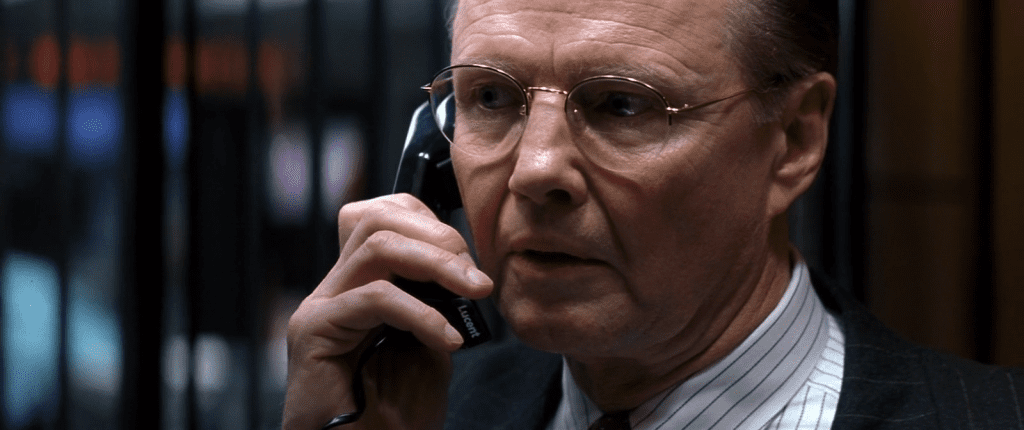
It was apparent that not everyone was going to take the concept of a surveillance state seriously. Despite this, following the movie’s debut, its associated cyber-fantasy has sadly morphed directly into a reality that all of us are currently experiencing.
Face transplants in Face/Off (1997)
In the 1997 John Woo action film Face/Off, an FBI Agent (John Travolta) undergoes a complicated surgical procedure to “wear” the face of a prominent criminal (Nicholas Cage) to prevent an awful crime from happening. Naturally, the plan sets in motion a chaotic chain of events.
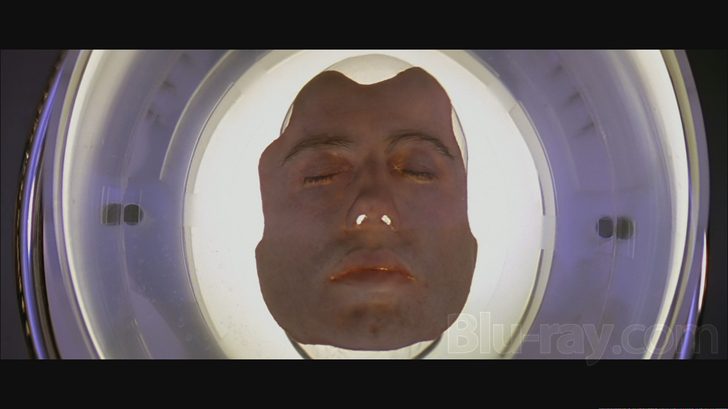
Even if it was made to look plausible, face transplants were never expected to become commonplace. But, only eight years later, Isabelle Dinoire had an effective face transplant. As a result, the frivolous action movie Face/Off was transformed into a terrifying nightmare.
Digital, interactive billboards in Blade Runner (1982)
Ridley Scott is a prominent name when it comes to gifting us with legendary Sci-Fi movies. Blade Runner is the best example of this. The movie established a visual aesthetic that indisputably altered our society’s perception of the future as a whole.

Gigantic, high-resolution interactive billboards are among Blade Runner’s most recognizable renderings. But in the early 1980s, when the movie premiered, their existence was simply an idea. Nowadays, these giant signs can be found in towns and cities all over the world.
The spread of broadband Internet in The Cable Guy (1996)
Jim Carrey is not just a legendary comedian. The man has some really incredible acting chops as well! This is clearly seen in the 1996 film The Cable Guy, which was where Jim Carrey’s maniacal Cable Guy personas were first shown to audiences.
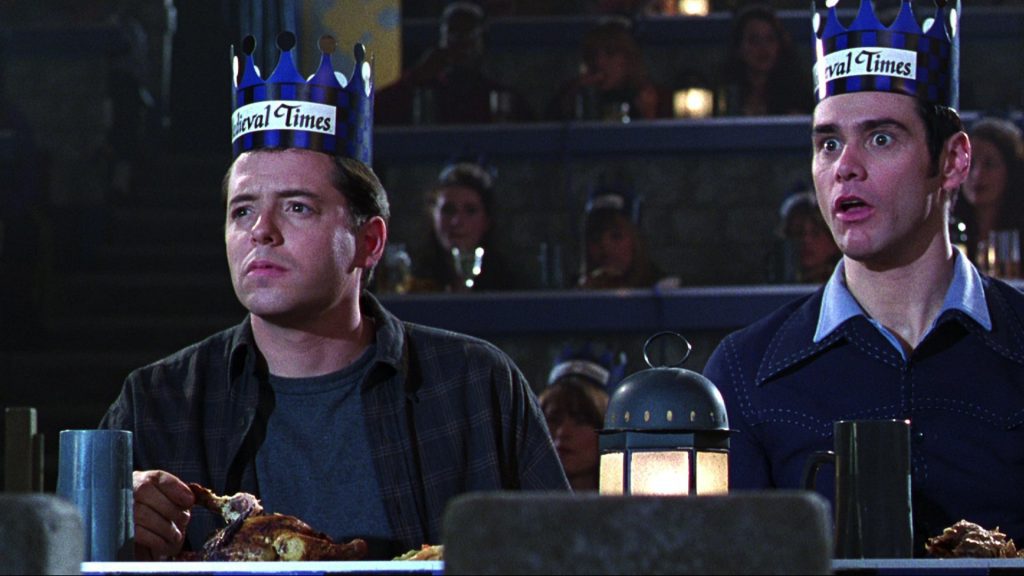
While the movie’s excellence is arguable (it is funny, though), Carrey’s forecast about the future of broadband communication is something that should not be taken lightly. His prediction that nearly every household in the future would integrate multimedia devices became true within a short period of time.
Online dating in You’ve Got Mail (1998)
The 1998 film You’ve Got Mail chronicled the tale of a pair of individuals (Tom Hanks and Meg Ryan) who met online, fell in love and eventually met in person. In the latter part of the 1990s, almost no one had done something like it.
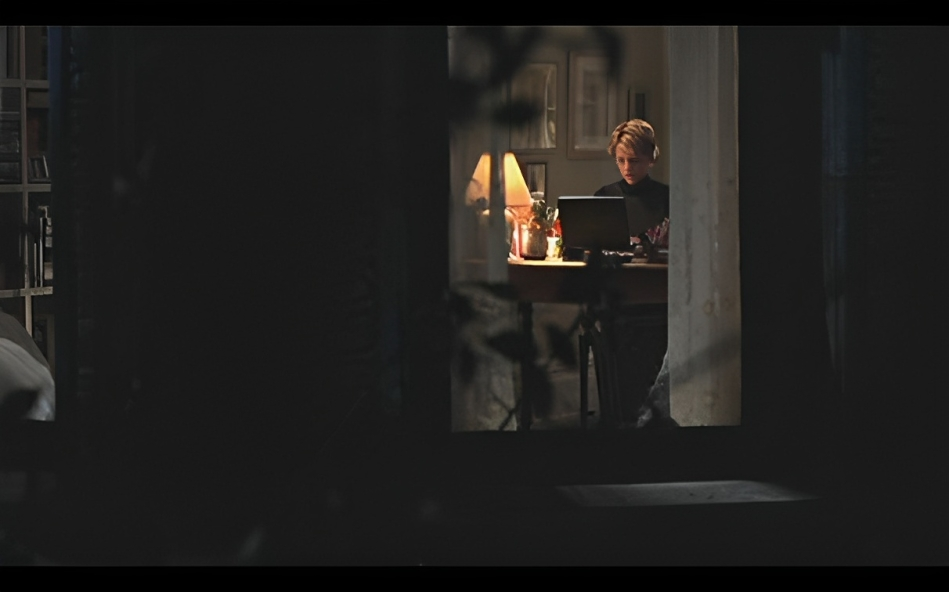
The sentimentalization of the idea in the movie went quite a distance toward turning it into a fact of life. Nowadays, dating services, as well as applications, are a routine, daily affair. Meg Ryan got to live through the whole online dating renaissance!
The emergence of Tabloid TV in Network (1976)
The Oscar-winning film Network is just as relevant nowadays as it was at the time it was originally aired in 1976. That is partly due to how realistic the topic of its discussion has turned out to be in the current world we live in.
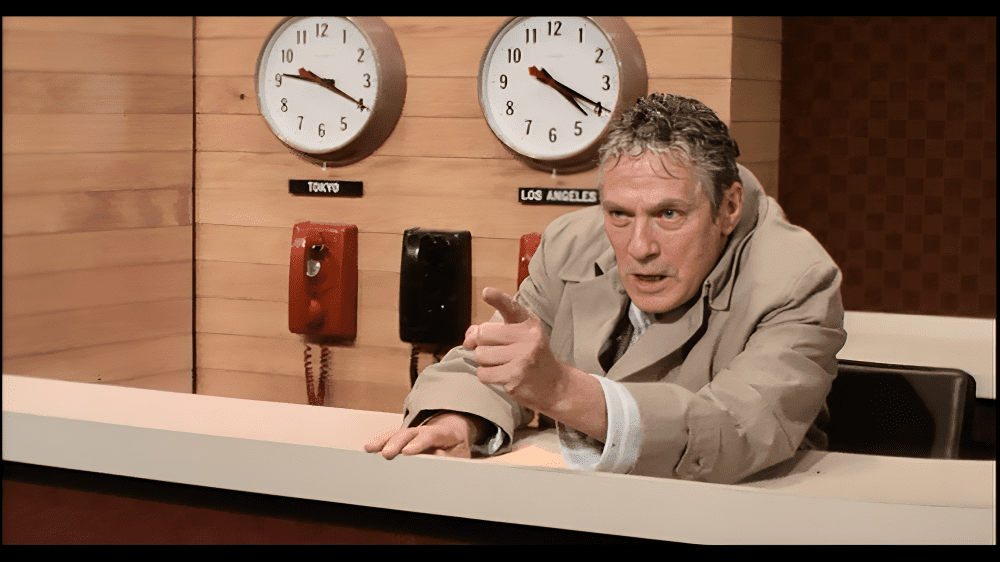
Particularly, the part about media outlets garnering numbers by whatever method is required is highlighted here. If the aftermath of the 2016 U.S. presidential election showed us anything, it’s that cable television news will go to almost any length to attract (and keep) viewers.
